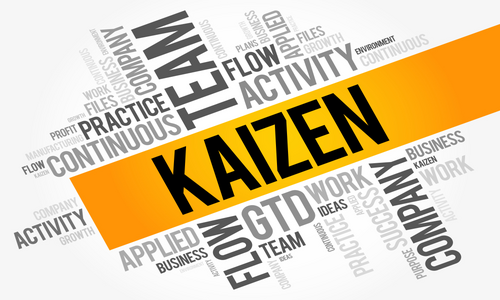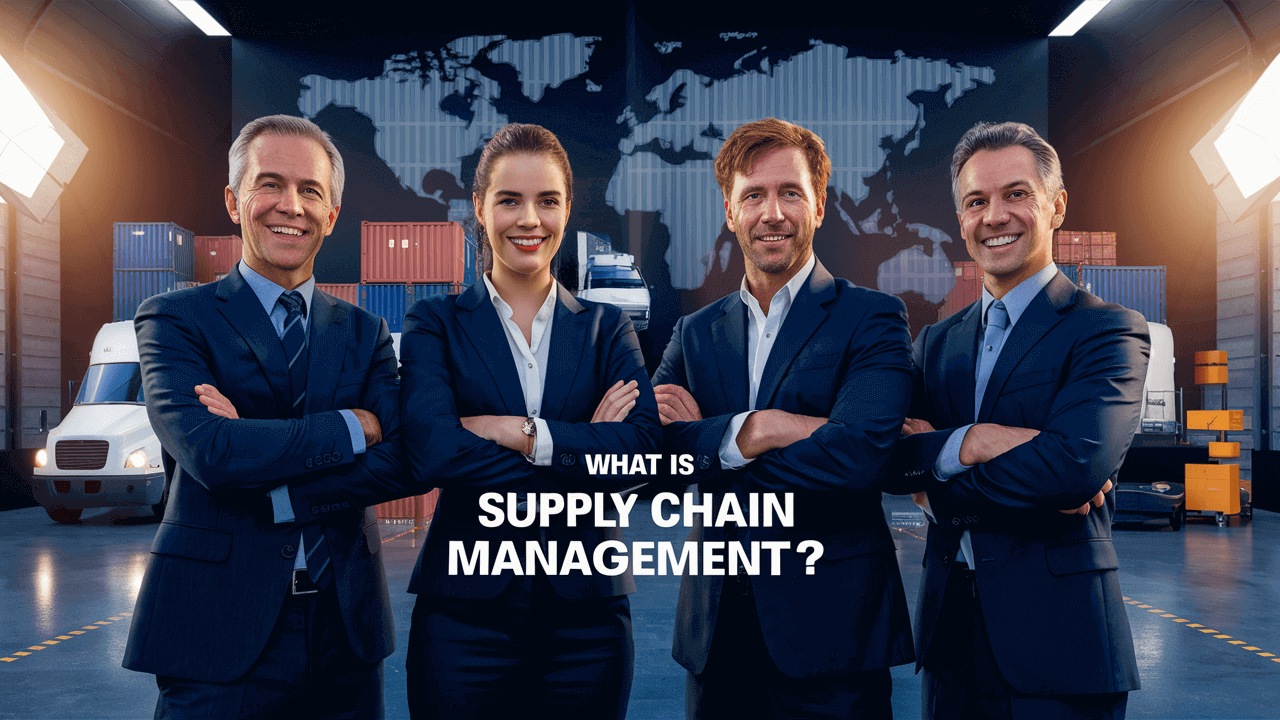Kaizen is both a philosophy and a plan of action. The philosophy facet enforces a harmonized and productive workplace culture. Employees move hand in hand to make a big difference in their organization through small changes. They feel responsible for contributing to the business goals as their suggestions are considered. This bridges the gap between different departments, which is essential for implementing required operational changes as and when needed. The action plan aspect of Kaizen deals with event organizations to emphasize improvement areas through the active participation of employees.

What Are The Fundamental Principles Of Kaizen?
Kaizen’s continuous improvement methodology instills a positive attitude toward viewing problems as keys to unlocking hidden opportunities. It doesn’t emphasize imposing new rules but experimenting with them in a fun way. The principles listed below explain how an enterprise can benefit by embracing them. After all, to stop improving means to lag.
Break free
The best practices considered by an organization are often mere traditions that it clings to. It is high time to inquire if the practices allow or hinder the company’s progress. So, the first principle emphasizes the need to break free from the pre-established rules and adopt new ones, if required.
Gain wisdom
Every time the organization faces trouble, it should be considered an opportunity to gather wisdom. Wisdom doesn’t only refer to knowledge but also to learning about practical uncertainties and adopting tolerance for them. Insight and experience are essential to act in the right direction per a situation’s demand. No one is born wise but becomes so by acting and making decisions in times of hardship.
Positivity
Even the most visible opportunities are missed out due to a lack of positivity when undergoing a bad phase. A positive mind gives the energy to fight the issue that an enterprise is facing at the moment. It inspires one to develop innovative solutions, especially when thinking along with employees and members of the organization.
Eliminate excuses
Simply staying positive and putting up with the tough situation won’t do any good to the company’s progress. The mind must be free from excuses when deciding on a certain action because it has its impediments too. Therefore, cheaper, simpler, and faster solutions must be considered so that even if they fail, the damage won’t be irreparable.
Stay motivated
Motivation comes with internal ideas that call for creativity. Hard times are most appropriate to be at one’s creative best. Recruiting professionals in the relevant domains could buy technology and expertise, but more is needed. Discipline, consistency, persistence, and resilience are needed, as well. All of these are the products of creative thinking and its implementation.
Keep it simple
Every solution is flawed at the first implementation. It is foolish to aim at 100% of the desired result when the change can help achieve only 50%. Kaizen teaches to enforce a change even if it has room for 1% improvement. Taking a small step at a time and succeeding at it is better than failing altogether. This would maintain positivity in the journey of progress.
Consult others
To select the best advice, one should gather the opinion or knowledge of more than a single person. This helps in viewing a situation from different angles one may haven’t even thought of. A greater number of ideas helps in innovating solutions faster than expected.
Don’t assume
Assumptions lead to disasters no matter how fruitful an idea is. Implementing it without measuring its outcome based on specific criteria might let all efforts go down the drain. Data-driven actions count a lot in making real improvements in organizational functions. This calls for an obsession with metrics, dashboards, and data, as defined by Kaizen.
Validate learning
Acquiring theoretical knowledge isn’t sufficient to implement organizational changes for the better. For instance, even by reading a hundred books on swimming, one cannot learn it. An individual has to first dive into the pool and gather the experience. Learning from taking action is the most practical philosophy that both life and Kaizen teach.
How Does The Continuous Improvement Cycle Work For Kaizen?
Kaizen’s systematic approach to creating an environment of continuous improvement functions in a cycle.
Employee engagement
A strong relationship of dependence between an organization and its employees is the gift of Kaizen. The key is to create particular groups to communicate information between the larger section of employees and senior authorities. Employees must be involved in problem identification alongside their respective team supervisors and superiors. This will motivate them to maximize their competencies and enhance their performance.
List problems
Gathering employee feedback in larger numbers opens the door to a host of new opportunities and problems to work on. A list of all the collected suggestions clearly shows which issues require high prioritization.
Encourage employees
Employees must not be considered insignificant as compared to experts when it comes to providing solutions. Listening to the solutions opined by employees helps select the best remedy for the organization’s business improvement. So, it is wise to welcome their ideas with an open mind.
Solution testing
Once a solution is selected, it should undergo a test. It is important to involve employees in creating pilot programs and participate in the test, as well.
Result analysis
Determining the success of the implemented solutions is necessary to check its progress from time to time. The ones generating positive results must be adopted by the organization for which the engagement of ground-level workers is crucial.
An enterprise must follow each of these steps in an ongoing cycle to sustain its environment of continuous improvement. Kaizen Certification Training programs are available to professionals and business owners to help them think and act freely. Any kind of hesitation or rigidity is detrimental when it comes to an organization’s progress. Physical barriers are weaker than obstructions the mind poses in doing something new.



